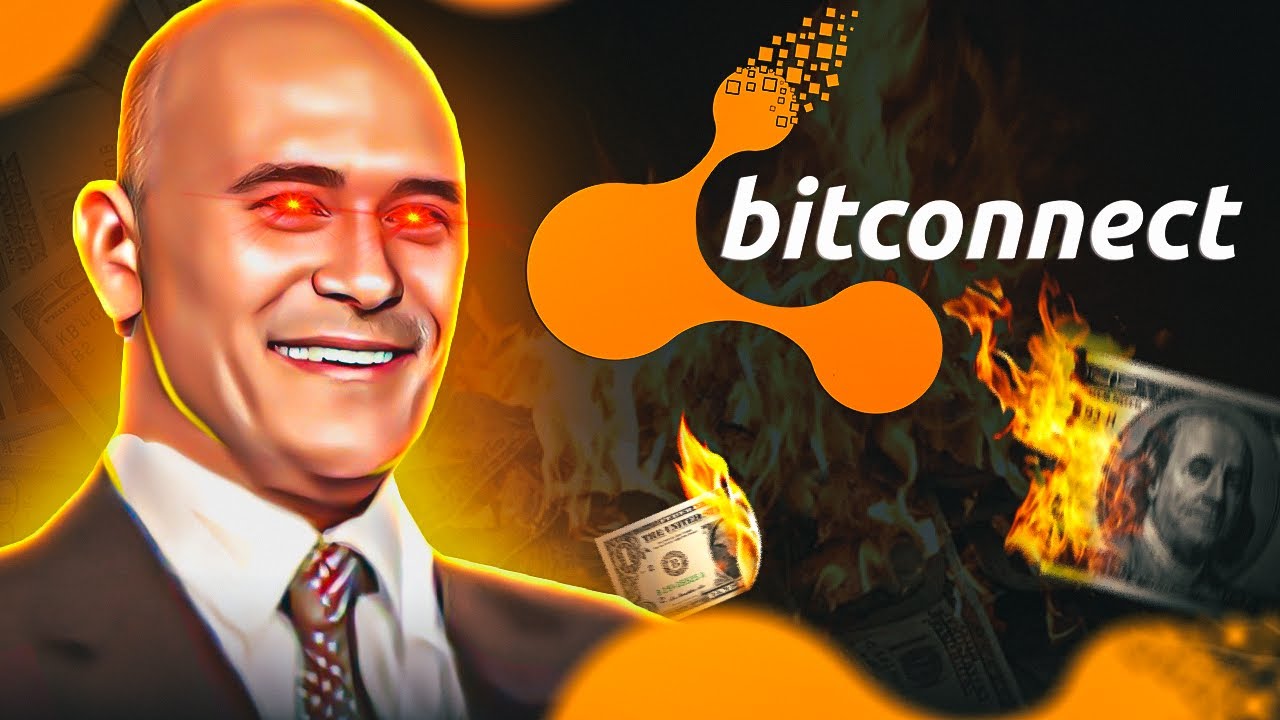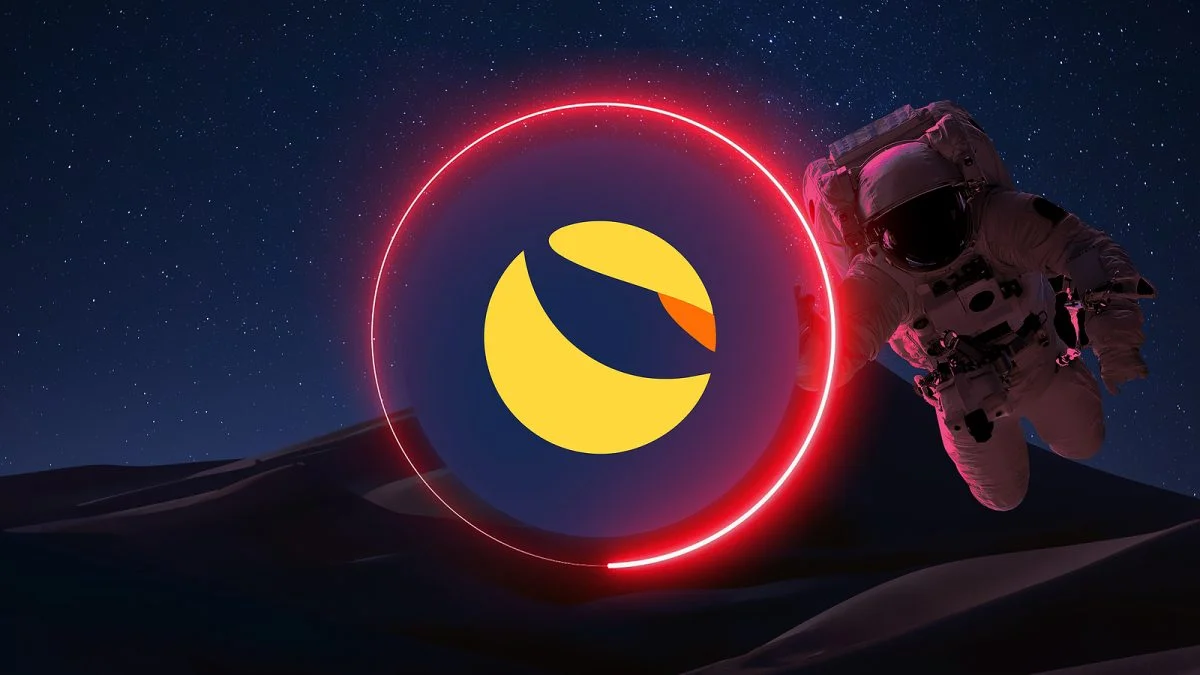The crypto market has gone through many different cycles with growth stronger than any current asset, but the crypto market often ends its growth cycle with the collapse of a Ponzi project. . So what is Ponzi? Why does investing in Ponzi projects bring many opportunities as well as potential risks?
What is Ponzi?
Ponzi is a form of fraud in which the money of later investors will be used to pay profits to previous investors. It was implemented by Charles Ponzi in the 1920s and became famous throughout the United States thanks to the money. giant that he obtained.
In a typical Ponzi scheme, the scammer promises high returns to investors by pooling the money of new participants to pay the first people to join the system. The reality is that no activities or investments will be made to generate this profit. Instead, the money of new participants will be used to pay previous participants, in the hope of attracting more investors to maintain the system.
Because there is no sustainable financial plan or cash flow input other than the money of new participants, the Ponzi scam will soon collapse when there are not enough new participants to pay those who have invested before. or when old investors request to withdraw their funds.
Ponzi Operating Model

In general, Ponzi schemes will operate in a common way like the following example:
- A leader will establish a project and advertise to all investors that investing a hypothetical amount of $10,000 in the project will be paid a huge profit of up to 1% per day.
- In order to have more new users join the system without having to spend any additional costs, the project owner will encourage old users to invite new users and thereby enjoy a higher commission rate such as 2-3%.
- When new users join through the invitation of old users and also invest the $10,000 package, the project owner only needs to set aside about $1,000 as a reward and profit illegally from the remaining $9,000.
- When there are not enough new people participating in the project or old users withdraw too much money, the project will lose liquidity, leading to collapse.
In general, Ponzi models in the crypto market have changed more than the original model, making it more difficult for investors to recognize.
High profits are the bait that attracts many new investors to projects, causing them to fall into the Ponzi trap and lose part or all of their investment.
Famous Ponzi Crashes
Bitconnect

Bitconnect was born and in November 2016 then became one of the most successful ICOs in the history of the crypto market, growing more than 3000 times in just one year. However, unlike the remaining blockchain projects, Bitconnect does not solve problems with breakthrough technology but is a Lending and MLM project built on blockchain.
The interest rate that investors receive from Bitconnect each month is up to 30-40% per month and those participating in crypto at that time considered the project as a pioneer in the Lending segment. If compared to the profit level in the traditional market or other platforms of only about 10-15% per year, it is clear that Bitconnect is too superior.
Bitconnect also uses MLM to pay rewards when an investor invites another investor to join the platform. Thanks to that, Bitconnect quickly became famous throughout the market in just one year without having to run too many campaigns.
When the crypto market fluctuated badly in late 2017 and early 2018, the number of new users entering the market decreased, causing the platform to lose the ability to pay interest and withdraw money. The climax was that Bitconnect stopped allowing withdrawals within 5 days and promised to fully return the investment in Bitconnect tokens at a price of $365, but after that the price of this token quickly lost 90% to its level. $20.
Terra
Terra is a Layer 1 blockchain built on Cosmos with 2 main tokens: LUNA and UST with the following purposes:
- LUNA is a project governance token and is used to pay transaction fees on the network similar to other Layer 1 blockchains.
- UST is a stablecoin used to participate in payment and DeFi activities on not only the Terra ecosystem but also other ecosystems such as Ethereum, Solana, etc.
Terra’s Ponzi lies in the mechanism to create 1 UST, users need to lock a dollar of LUNA value at the beginning or burn a dollar of LUNA value in later upgrades.
This causes the supply of LUNA to decrease as the application of UST increases, causing more and more people to buy and burn LUNA, and the price of LUNA also increases hundreds of times from the bottom.
Terra Foundation also created a project on the Terra ecosystem called Anchor Protocol that allows users to deposit UST here and pay interest up to 19.8% per year. The most notable thing is that this source of interest does not come from a sustainable source but is the money Terra Foundation pays to users.
This model will work very well in a bull market when there is always more than a dollar worth of LUNA backing 1 UST, however the opposite is true in a general bear market there will be less. 1 dollar of LUNA value is guaranteed for 1 UST.

Terra Foundation also realized the above and tried to overcome the problem by planning to store up to $10B of Bitcoin to ensure the value of UST, but the bottom line of the collapse also started here.
Entering the beginning of 2022, the Crypto market in general has slightly decreased in price due to some influences from macro news such as the Fed increasing interest rates to limit inflation or Russia launching the war in Ukraine, causing investors to get scared and sell off your assets for cash.
However, LUNA’s price went against the market at that time because demand increased when DeFi activities related to UST were bringing the best interest rates, especially with Anchor Protocol because at this time most people still prioritizing holding stablecoins.
On May 8, 2022, Terra Foundation withdrew approximately $150M UST on 3pool Curve to prepare for 4pool deployment. Taking advantage of the reduced liquidity situation at this time, an attacker sold 350M UST, causing the amount of USDT and USDC in the pool to no longer be enough to hold the peg, and the UST price also dropped to $0.97.
Users who were afraid that the price of UST would decrease by 3% (this is quite a high level for a stablecoin) continuously withdrew UST from Anchor Protocol and then brought it to exchanges to sell to shield the liquidity of this stablecoin. like a dry case.
Terra Foundation then sold about $3B of Bitcoin at that time to subsidize UST and bring it back to $1. However, selling too much Bitcoin in a short period of time caused the overall crypto market to decline, the price of LUNA dropped even more and the sell-off due to user fear made 1 UST at that time unviable. backed by a dollar worth of LUNA.
Terra Foundation attempted to solve the problem of losing pegs by opening the minting of LUNA using UST and this was considered the final step that caused the project to collapse when not only UST holders kept converting but many people Take advantage of this mechanism to buy cheap UST on exchanges, then convert it into an amount of LUNA worth $1 and then load it back onto the exchange to sell. Profits from this profiteering can sometimes reach the x5 mark after just one cycle mentioned above.
This caused $40B of LUNA’s capitalization and $20B of UST’s capitalization to evaporate in a short period of time, making this the largest collapse in the crypto market to date.
Summary
Above is a summary of what you need to know to understand what Ponzi is and why so many people like to invest in similar models. Hopefully, through this article, Weakhand has brought everyone useful information as well as features to prevent the risk of encountering Ponzi projects.


